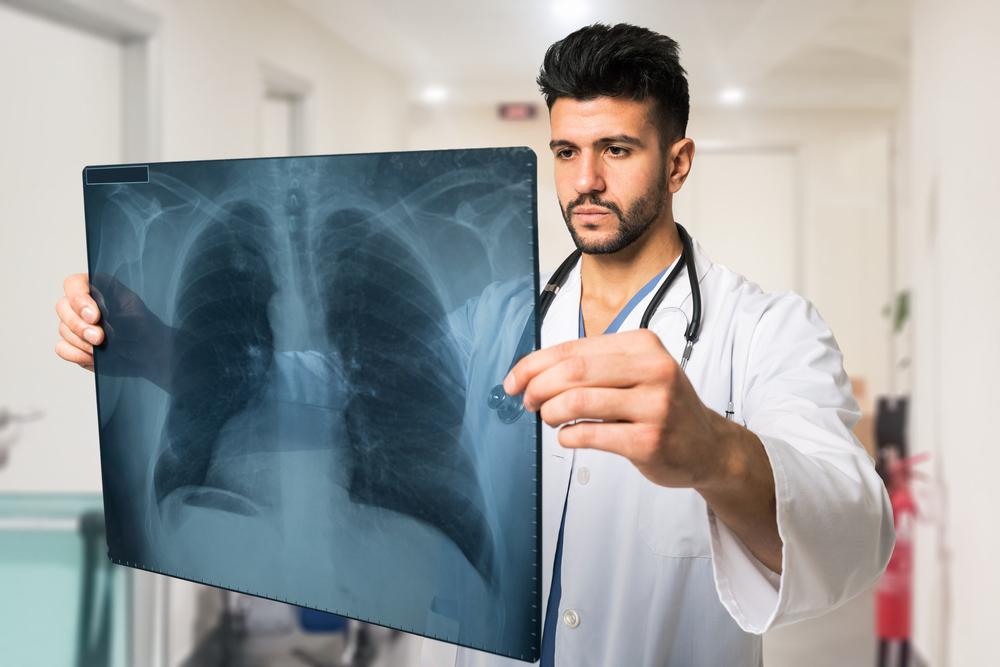
An Overview of Non-Small Cell Lung Cancer
Cancer occurs when abnormal cells multiply rapidly and overcrowd healthy cells. This can gradually lead to organ failure as they do not carry out the functions of healthy cells or form healthy organ tissue. When cancer occurs in the lung, it is called lung cancer. There are two kinds of lung cancer—small cell lung cancer and non-small cell lung cancer. The latter is the most common form of cancer with 80-85% of cancer cases reported.
This causes, symptoms, and treatments of non-small lung cancer include the following:
1. Causes
There are many factors that lead to one developing non-small cell lung cancer, such as the ones given below.
- Smoking
Habits such as smoking are one of the top causes of one developing non-small cell lung cancer. Approximately 80% of lung cancer deaths take place due to smoking or passive smoking.
- Exposure to certain paints
Prolonged exposure to asbestos and certain kinds of paints can increase the chances of non-small cell lung cancer.
- Inhaling diesel
Workplace exposure to diesel exhaust or some other chemicals can increase the chances of non-small cell lung cancer.
- Genetics
Some individuals inherit DNA mutations that increase their chance of getting certain cancers, including non-small cell lung cancer.
- Side-effects of treatments
Radiation treatment to the chest or breast can also increase the chances of non-small cell lung cancer.
- HIV/AIDS
People with HIV or AIDS are at a higher risk of getting lung cancer as their immune system is already compromised.
2. Symptoms
Certain symptoms of non-small cell lung cancer can be seen much before it reaches an advanced stage. These can include:
- Continuous cough
- Fatigue
- Breathing problems
- Joint or bone pains
- Chest pain
- Weakness
- Coughing up blood
If cancer spreads to other parts of the body, one might experience the following symptoms.
- Bone pain
- Dizziness or balance problems
- Numbness in an arm or leg
- Yellow skin or eyes
3. Diagnosis
Non-small cell lung cancer can be diagnosed with a physical examination and medical history of the patient. Certain tests are also required to confirm cancer and its spread, such as bone scan. Imaging tests like MRI, CT scan, and PET scan of the chest. Microscopic examination of sputum (phlegm) to check for cancer cells. Biopsy of the lung wherein a piece of lung tissue is removed for testing.
4. Treatments
Non-small cell lung cancer treatments vary based on the stage of the disease, the age and health condition of the patient, and certain other external factors.
- Early stages of non-small cell lung cancer can be treated with surgery, wherein a lobe or substantial part of the lung is removed, and in some cases, the entire lung is taken out.
- In chemotherapy, certain medications are used to kill the cancerous cells. These are administered orally or intravenously. There are many side effects of this treatment option, but it is one of the most effective non-small cell lung cancer treatments.
- In radiation, high-energy rays are used to kill cancer cells, but this treatment method also has multiple harmful side-effects.
- In targeted therapies, specific aspects of the cancer cells are targeted like growth factors or blood vessels that increase the tumor. This is one of the advanced non-small cell lung cancer treatments and is usually used for advanced stages of cancer.



